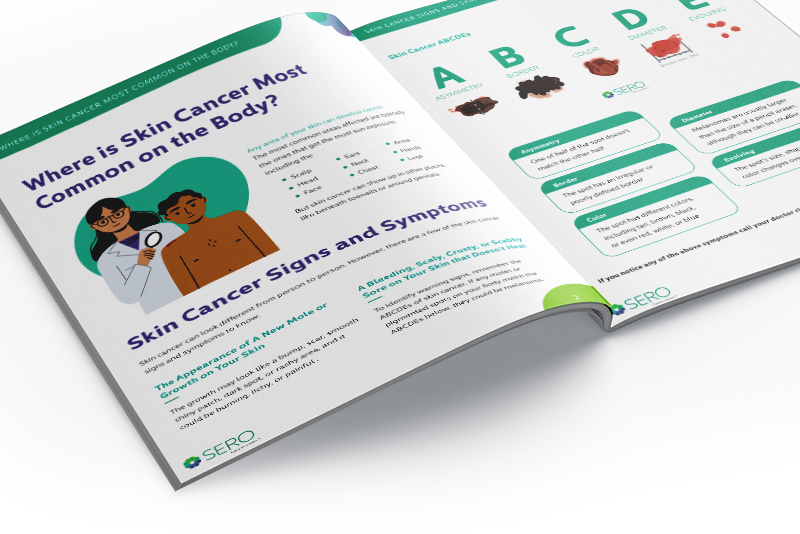Image-guided radiation therapy (IGRT) is a specialized method of radiation therapy. As the name suggests, IGRT uses images, taken at the outset of each radiation treatment, to precisely guide the delivery of the radiation. In some facilities, oncology doctors are using IGRT to help them better deliver the radiation dose to their patient’s cancer.
Normal structures and tumors can move between treatments due to differences in organs filling or movements while breathing. IGRT ensures the radiation is delivered to the cancer exactly as it is during each session. This technique allows doctors to target more precisely, which spares surrounding healthy tissues.


